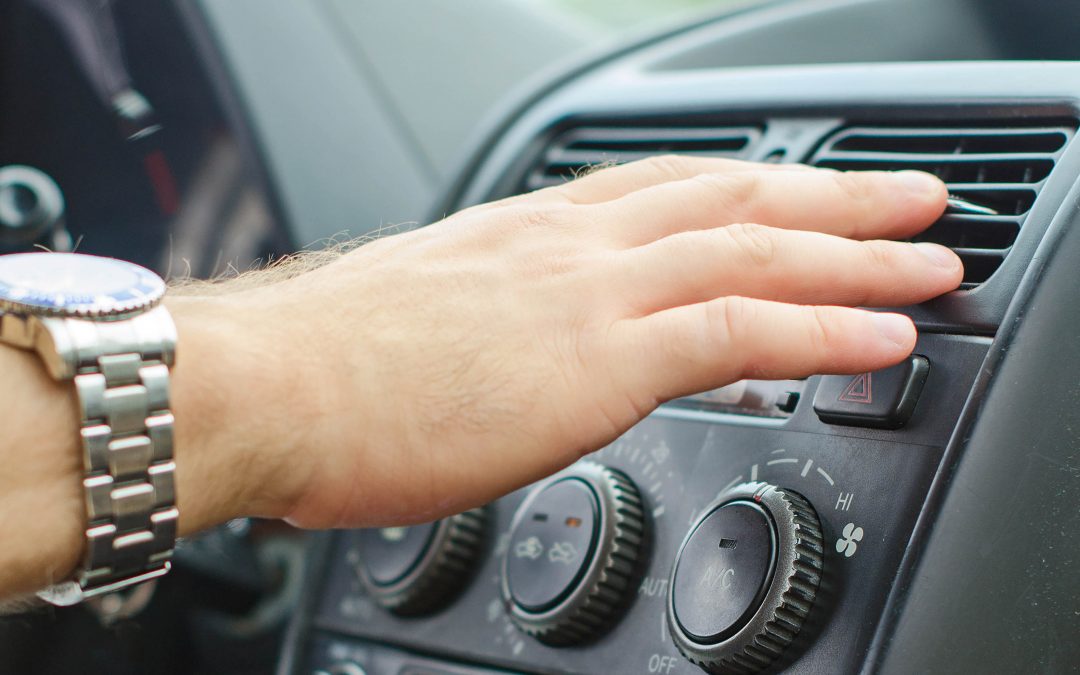External vs. Internal Compressor Failure
When external parts of a vehicle’s air compressor fail, it is actually the best-case scenario. Internal failure usually creates havoc throughout the entire air conditioning system. With the internal parts coming apart and failure of them, it spreads dangerous metal particles through the system and this leads to a more expensive repair bill for customers or consumers. The fragments stick to the oil in the Freon and further damage the compressor with debris. This can also cause an individual to repeat removing and replacing compressors due to failures.
Signs of an Internal Failure
Experienced technicians know the signs of an internal failure. Metal flakes around the compressor outlet port after it is removed is an indication of an internal failure. You may also see small metal pieces that are clogging the screen in the orifice tube. You can drain all of the oil from the compressor and look at it closely to find small metal flakes in it that point to an internal failure of a compressor.
Best Scenario in Replacing an Auto A/C Compressor
If any tiny amount of metal remains in the air conditioning system, you could be asking a replacement compressor to fail again and again. The best idea is to replace the compressor, the orifice tube, the oil, receiver and the dryer or accumulator to make certain that the system is not contaminated by metal inside. It is also a good idea to flush the system with an approve solvent which is best done at a professional repair facility.
Experienced Auto Technician Shops
An experienced auto technician in a shop is able to flush every part of the cooling system that is not being replaced with an approved A/C flush solvent. This is done after the diagnosis of the compressor shows that it failed due to an external item on the compressor. After removing all of the parts, and they are all flushed, the technician can dry each component thoroughly with either compressed air or filtered shop air to make certain each is dry and doesn’t have any flushing solvent left inside of them.
After installing all of the new components and transferring all switches, brackets, manifolds and sensors from the old parts to the new parts, check all external factors that make the compressor work. Make certain everything is mounted properly and the drive belt is aligned correctly and tight enough. An in-line filter in the suction line near the compressor’s outlet can be added to insure no debris will enter the new compressor and destroy it.
Remember to apply a vacuum to the A/C system for at least one hour before refilling the system with refrigerant.
Sources
http://allaboutautomotive.com/blog/how-does-the-air-conditioning-in-my-car-work/
http://www.youfixcars.com/car-ac-compressor.html

